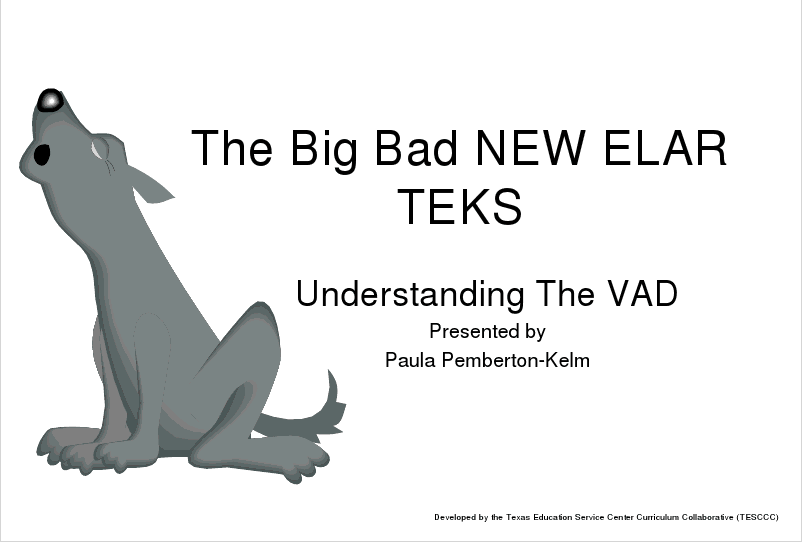Bloom’s Taxonomy, Lower Order of Thinking in Texas Schools
By Cathy Wells
Social constructivist philosophy tries quite hard to produce what is deemed “higher order
thinking skills.” Another semantical game is being played here because, honestly, what parent
is going to say, “I don’t want my child to have thinking skills!” Indeed, I can also say that I
certainly want my children to graduate from high school with some critical thinking skills (we
used to call that common sense). But how are these thinking skills to be achieved? What
makes them “higher?” What is meant by “higher order thinking skills?” Again, let us begin by
defining terms.
Parents might say that “thinking skills” would be something akin to common sense, scrutiny,
discernment, or ability to think under pressure. What does this term mean to the social
constructivist? This will take awhile. Higher order thinking skills theory is based on Bloom’s
Taxonomy. Who is Bloom? Benjamin Bloom was a behavioral psychologist (I hope you are
noticing how much behavioral psychology is popping up in education) who developed a
taxonomy or “breaking down into small units and naming” of what he considered to be typical
and necessary thinking skills or educational objectives. So, when we ask what is the point of
education, to social constructivists, the point is to achieve all of Bloom’s taxonomilogical goals.
Just so you know, just about all modern educational theory is based on this taxonomy and every
teacher is familiar with it. (Consequently, it is very difficult to get teachers to think outside this
paradigm thought we did very well without it for most of educational history and it seems to
have led us down a very rocky path.)
Bloom listed six separate levels of thinking skills: knowledge, comprehension, application,
analysis, synthesis, and evaluation. The last three of these are the “higher order” thinking skills.
Now let me pause a moment to say that, if you study this list, it seems rather logical. In any
area, we must first acquire knowledge, then understanding, learn how to apply those, analyze
any mistakes we make, fuse all of that knowledge together, and ultimately become expert at it
and be able to teach it to someone else. The problem comes in with this: In 1987, the National
Research Council announced that these skills don’t need to be acquired IN ORDER and should,
in fact, be acquired out of order. They suggested that we begin implementing higher order
thinking skills in elementary school.
As a classical educator, I immediately see the folly of this approach. We used to have what
were called “grammar” schools because those were the buildings in which we loaded basic facts
into children: their “knowledge.” As they moved into middle schools, they began to acquire
comprehension and application. In high school, we moved them toward “higher thinking
skills.” This is, coincidentally, how the brain is hard-wired. The concrete stage of development
comes first during those first six years of school. Then the abstract stage begins where students
start synthesizing the facts they’ve learned and applying them to life. Finally, they move on to a
stage in which they can discuss, argue, or teach a point as needed. That is a traditional/classical
approach to education.
What CSCOPE and other curricula have managed to do is completely confuse students by
trying to jumble all of the different levels of skills as per the recommendations of the NRC and
other research. The end result is akin to tasking someone with making a croissant dough by first
evaluating the end product, the process, and the dough itself without giving you a recipe or
ingredients list.
I very much doubt that any parents of Texas students would approve of this methodology if they
knew about it. And as those of us left here in Texas who still have a modicum of common
sense know, “That dog won’t hunt.”
After reading the above article I googled Cscope and Blooms Taxonomy and found the Cscope power point below created by Paula-Pemberton-Kelm from Texas Education Service Center VI.
CSCOPE POWERPOINT ON BLOOMS TAXONOMY


